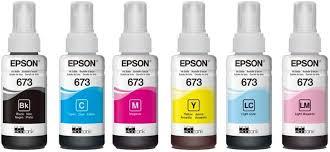Description
Product details
Hot thermal lamination film is a type of laminating film used to protect and enhance printed materials. It consists of multiple layers, typically including a base film (usually made of polyester), an adhesive layer, and a release liner. The film is designed to be applied using a hot lamination machine, which uses heat and pressure to bond the film to the printed material. Here's how the process generally works: Prepare the materials: Ensure that the printed material is clean and free of any dust or debris. Also, make sure the laminating machine is heated up and ready for use. Insert the materials: Place the printed material between the layers of the thermal lamination film. Make sure there is enough film to cover the entire printed area with a margin of about 1/8 inch (3 mm) around the edges. Feed through the laminating machine: Feed the sandwiched materials (printed material between the thermal lamination film) into the laminating machine. The machine applies heat and pressure to activate the adhesive layer, bonding the film to the printed material. Cooling and finishing: As the laminated material exits the machine, it goes through a set of rollers that help cool and smooth out the laminated surface. Once cooled, the release liner is peeled away, revealing the finished, laminated print. Hot thermal lamination film provides several benefits, including: Protection: It adds a layer of protection to the printed material, making it more resistant to water, tearing, and general wear and tear. Enhancement: The lamination film can enhance the appearance of the printed material by providing a glossy or matte finish, depending on the type of film used. Durability: Laminated materials are more durable and long-lasting, making them ideal for items like ID cards, menus, posters, and more. Enhanced colors: The lamination film can also help enhance the colors of the printed material, making them more vibrant and visually appealing. Overall, hot thermal lamination film is a popular choice for protecting and enhancing printed materials in various industries, including printing, packaging, education, and more.





